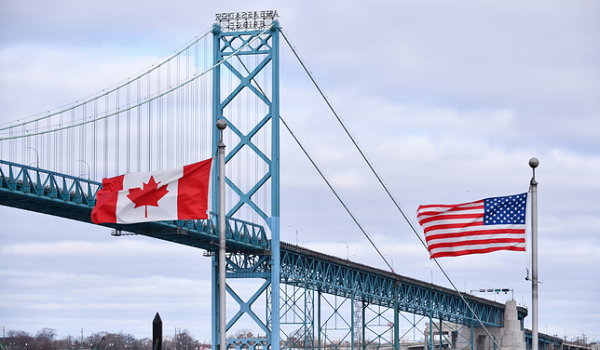Canadians boycott travels to the U.S. in January following Trump’s attacks on Canada’s sovereignty
U.S. President Donald Trump’s tariffs and attacks on Canadian sovereignty have spurred many in Canada to angrily swear off trips to the U.S. The latest cross-border travel numbers suggest Canadians have followed up their words with action.
In January, the number of Canadian residents returning from trips to the U.S. by vehicle declined on an annual basis for the first time since the pandemic, according to Statistics Canada. During the month, 1.5 million Canadian residents crossed back into Canada by vehicle, a nearly 1-per-cent drop compared to January, 2024.
Mr. Trump’s pledge to impose a 25-per-cent across the board tariff on Canadian goods on March 4 along with his repeated suggestion that he wants Canada to become the 51st U.S. state have sparked boycotts of American-made goods and calls for Canadians to cancel travel south of the border.
A poll released this week by Leger Marketing found 48 per cent of Canadian travellers said they are less likely to visit the U.S. in 2025. The Statscan data, which relies on arrivals records from the Canada Border Services Agency, is the first evidence those boycott pledges are taking hold.
Patriotic sentiment is likely not all that’s behind the southbound travel slump. The Canadian dollar was below 70 US cents for all of January, which may have kept some people home. However, the value of the loonie has been spiralling down since September even as the number of Canadians making vehicle trips to the U.S. continued to grow year over year.
Many states rely heavily on Canadian travellers. Earlier this month the U.S. Travel Association said Canada is the top source of international visits to the U.S., accounting for 20.4 million visits last year. It warned a 10-per-cent reduction in Canadian travel could result in US$2.1-billion in lost spending and the loss of 14,000 jobs.
Meanwhile Canadian travellers accounted for nearly one-quarter of all international visits to Florida in 2024, new numbers released Thursday by the state’s tourism marketing agency showed.
This article was first reported by the Globe and Mail










